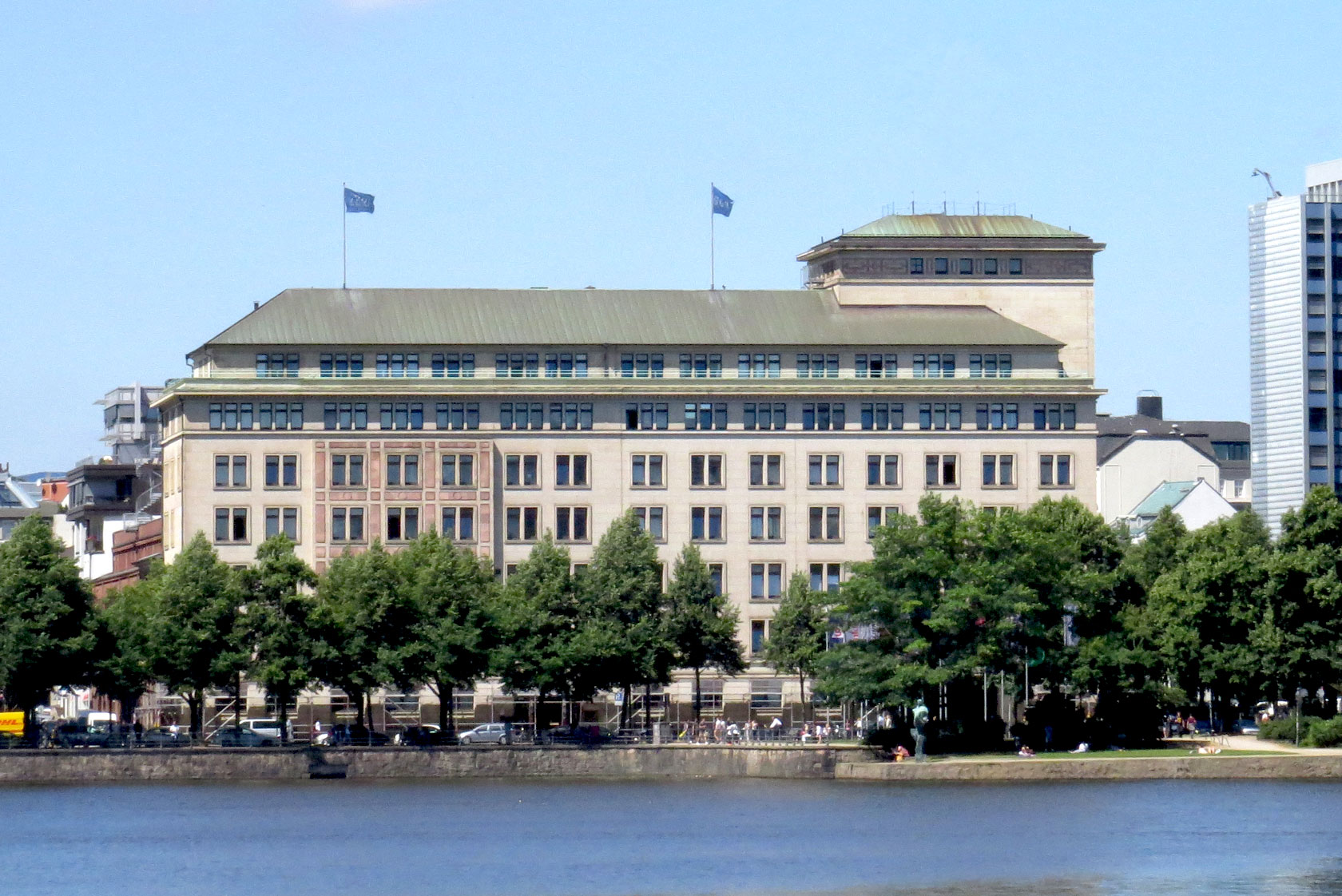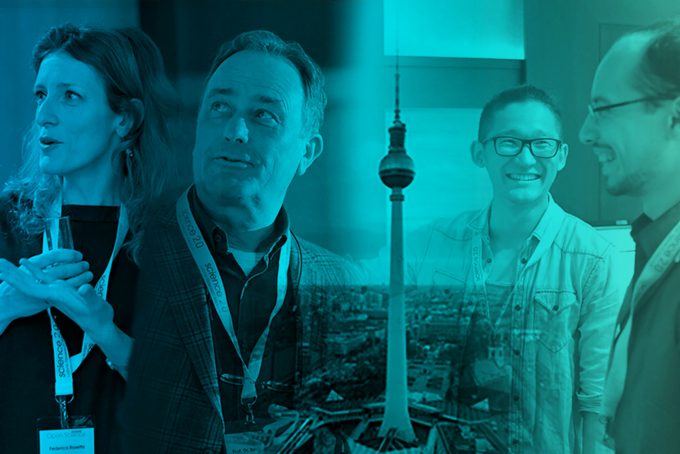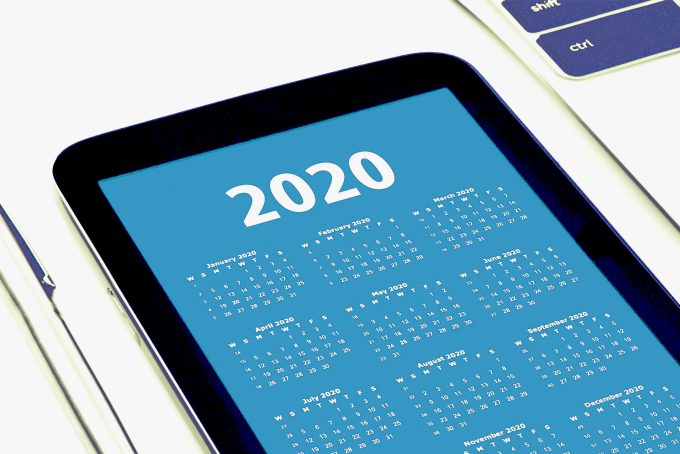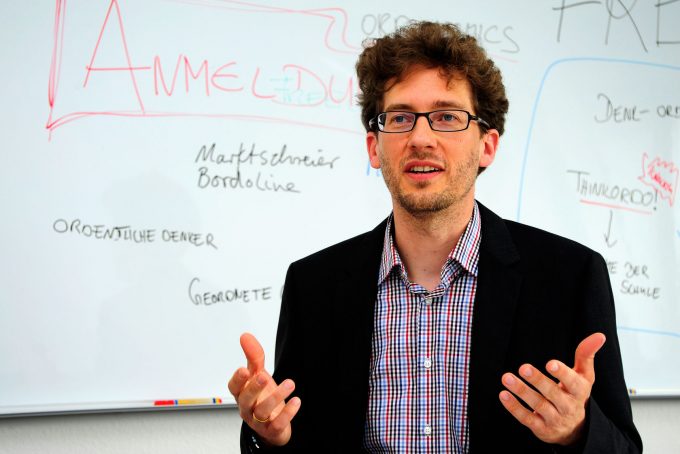
Open Science and Organisational Culture: Openness as a Core Value at the ZBW
Open Science has become a central focus of work for the ZBW - Leibniz Information Centre for Economics. A key issues paper developed in a participatory manner now sets out how the principles of openness in one's own work are strategically taken up and how the implementation of open practices among employees is specifically promoted. Prof Klaus Tochtermann, Director of the ZBW, explains the significance of the paper in an interview.
Interview with Klaus Tochtermann

For years, the ZBW has been involved in research on Open Science, in the development of suitable infrastructures and in science policy advice on Open Science. This also has an impact on everyday work and the organisational culture, which is increasingly characterised by the principle of openness. In order to strategically promote aspects of Open Science such as participation, collaboration, accessibility, re-use and transparency on an internal level, the ZBW developed the key issues paper “Openness as a field of action for the ZBW” (PDF, German), which sets out the ZBW’s framework for the next five years. In the interview, Klaus Tochtermann explains the background to this paper and the goals associated with it.
Why has the ZBW launched this key issues paper?
The ZBW has been dealing with Open Science and its concrete characteristics for many years. It is also active in the field of science policy advice at national and international level on all openness issues in the relevant committees.
At some point, an organisation then asks itself the question: What does the implementation of Open Science actually mean for your own institution? This was the impulse for us to define a position for the ZBW on how we deal with Open Science topics in our own activities, that is in our own working practices.
For me this is part of the authenticity of the ZBW. Because we are very strongly committed to Open Science externally, it is important that we also have a position internally – with concrete fields of action and goals that we want to achieve for our own activities.
What issues are addressed in the paper? How were they selected?
We address a total of six topics: two cultural and four content-related. The cultural ones are
- “Knowledge transfer and culture of openness”
- and “Open collaborative work”.
We have taken up these cultural topics because it is important not only to work on and advocate Open Science topics in terms of content, but also to work on the basic attitude of the employees. Only if there is an awareness of openness in one’s own work can these topics be further developed in terms of content.
In addition to these two cultural topics, we have developed four thematic blocks relevant to the ZBW based on common definitions in the field of Open Science:
- Open Access (OA),
- Open Data / FAIR Data,
- Open Source Software
- and Open Educational Resources (OER).
We are already active in these areas. For example, we have open catalogue data, and our own software developments are available as Open Source. But this is still handled differently, for example: When is something made open and under which license? This will be uniformly regulated in future with the help of the key issues paper.
It is also important to accept that openness does not affect all areas of work equally. But at the very least, all employees should at some point have considered the links between their own work and the topic of openness.
What is the key message of the paper? What is special about it?
Usually, open practices are mainly dealt with in research processes, but these practices can also be applied beyond research. It was important for us to focus more on these other fields of activity, which are particularly common in academic libraries.
What is special about the key issues paper is its two dimensions: the (organisational) cultural and the content-related. The cultural change does not happen by itself. You have to create an awareness of it. We were wondering: Where can we at the ZBW contribute to a little more openness in as many areas of activity as possible?
Therefore, we have deliberately chosen not to speak of an “(Open Science) Policy” – as is often used – but rather of a key issues paper that defines the position of the ZBW on the topic of openness.
How did the paper come about? What was the process behind it?
First of all, we defined persons responsible for the six topic areas. These six people formed their own working groups (WGs). This developed into a major participation process: In the end, 30 employees were involved in the preparation of the key issues paper.
At the beginning, there was a meeting with the six topic leaders and myself, where the intention of the paper was discussed. The crucial point was whether we wanted to use the paper to define a position of the ZBW for its external activities, or whether we wanted to define our own activities in terms of openness. This was a relatively long discussion that lasted until the end of the process. Afterwards, work was done in the working groups.
When the results were compiled, it became clear that work was being done at very different levels of detail: Some working groups were already focused on very concrete implementation measures, while others were defining meta-goals. Here, a fine adjustment had to take place. We have agreed that we will work on the objectives and not already on implementation options. This meant we were able to steer the work of the WGs in the same direction and find goals for all six topic areas at the same level of abstraction.
In the end, the strong participation process and the intensive discussion about the objectives resulted in a document with an objective that defines the ZBW’s own activities. Before publication, I presented the paper internally to the entire staff over the course of two meetings. I also explained the intention and the structure and pointed out exemplary goals and fields of action.
What happens now? How are the contents from the paper brought to life? What are the major challenges?
The key issues paper has a future horizon up to 2025, and in order to implement the goals, I have asked all those responsible for the issues to define, if possible, one goal per year for their own area, to be achieved in that year. In this way, a continuous discussion takes place, concrete goals are tackled and framework conditions are created for aspects that were not clearly defined before.
It certainly becomes challenging when goals are addressed that cannot be fulfilled by a single group alone, but must be achieved by several participating departments. This especially applies to the two cultural areas. Then a greater effort is required in coordination and updating. We have, for example, formulated checklists as one of our goals, through which help is offered on “good”, open tools or open “storage locations” for our presentation slides. This is of course something highly dynamic. If we define suitable tools today, such as Zenodo, for example, then in two years’ time completely different ones may make sense. The challenge is that we are moving in a dynamic field and have to capture the movement within the movement again and again.
Of course, we are not starting from scratch, because we have been active in many Open Science areas for a long time, for example in Open Source or Open Data. Nevertheless, the state in which one of the goals is 100% achieved will never be reached, precisely because the environment is so dynamic. This means that we must constantly monitor it and map these new developments towards openness. What we are striving for is better coordination, focusing, systematisation and bundling of existing activities in our institution.
I am firmly convinced that the first adjustments will have to be made in 2023/2024, because by then the Open Science movement will have developed so enormously. A concrete example is the German Reproducibility Network (GRN) in Germany, which is currently being founded and has a lot to do with openness, but the topic has not yet been addressed at all in the key issues paper.
To what extent could other libraries benefit from the key issues paper? Can the concrete implementations be used subsequently?
As far as Open Science is concerned, a lot is already happening in scientific libraries and infrastructure facilities. Open catalogue data, for example, is a major issue here. The key issues paper opens up a spectrum for libraries of what Open Science can mean in infrastructure facilities. It should make it clear that: Open Science is not only about openness in science and reasearch, but also about open infrastructure for Open Science. This is a dimension that is addressed by the paper and which has a certain novelty value for other libraries.
As far as the subsequent usability of the concrete implementation is concerned, Open Educational Resources for teaching Information Literacy and Open Data are certainly topics that can also play a major role for other libraries. Our implementation can serve as an example of how to create openness for the various dimensions of content.
This does not mean that others have to do the same, but it provides orientation for institutions that have not yet found it easy to interpret Open Science for themselves. Therefore, the key issues paper is very useful for other institutions of our kind.
What recommendations could other libraries take with them that want to live more openness and promote Open Science?
We are convinced that Open Science does not work well without open infrastructure. My recommendation for scientific libraries is therefore that, in order to promote Open Science, they define for themselves what openness means to them. Then the whole chain of effects is openly depicted – not only that of science. Because the open infrastructure is also extremely important.
This might also interest you:
- Openness as a Field of Action for the ZBW – Key Issues Paper 2020-2025 (PDF, German)
- Open Science Conference 2019: The Recommendations are Being Implemented now
- Open Science Conference 2018 Going Into Practice!
- Open Science Training: How to Implement Methods and Practices in European Research Libraries
- Innovation Workshop: How Libraries can Actively Shape Digitalisation
- New Open Science Reports: How to put EOSC and FAIR Into Practice
This text has been translated from German.
Professor Dr Klaus Tochtermann is Director of the ZBW – Leibniz Information Centre for Economics. For many years he has been committed to Open Science on a national and international level. He is a Member of the Board of Directors of the EOSC Association (European Open Science Cloud). He can also be found on Twitter.
Portrait: ZBW©, photographer Sven Wied
View Comments

InnOAccess-Workshops: Publishing Free-of-Charge Open Access Journals Sustainably
Open Access journals that are sustained by the research community and are...



